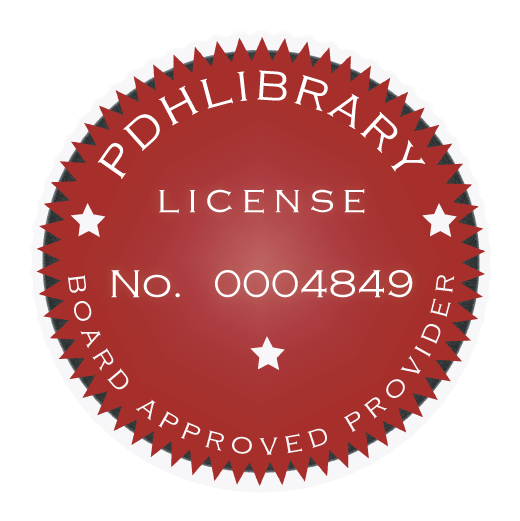Traffic circles have been part of the transportation system in the United States since 1905 when the Columbus Circle designed by William Phelps Eno opened in New York City. The prevailing designs enabled high-speed merging and weaving of vehicles, as priority was given to entering vehicles, resulting in congestion and frequent collisions.
In 1966, the United Kingdom adopted a mandatory “give-way” rule at all circular intersections, which required entering traffic to give way, or yield, to circulating traffic. In addition, smaller circular intersections were proposed that required adequate horizontal curvature of vehicle paths to achieve slower entry and circulating speeds. These changes improved the safety characteristics of the circular intersections by reducing the number and particularly the severity of collisions.
This course gives detailed descriptions and differences of roundabout types such as: mini-roundabouts, urban compact roundabouts, urban single-lane roundabouts, urban double-lane roundabouts, rural single-lane roundabouts, and rural double-lane roundabouts.
Course Objectives:
- Learn the physical roundabout components
- Learn the difference between roundabouts and other circular intersections
- Learn fundamental design characteristics of roundabouts
- Learn constraints for constructing roundabouts
- Learn how to select a roundabout based on area, application, space requirements, and feasibility
For this course, you will need to study and review Chapter 1 and 3 of the U.S. Department of Transportation & Federal Highway Administration's publication no. FHWA-RD-00-067, "Roundabouts: An Informational Guide" before taking the quiz.

